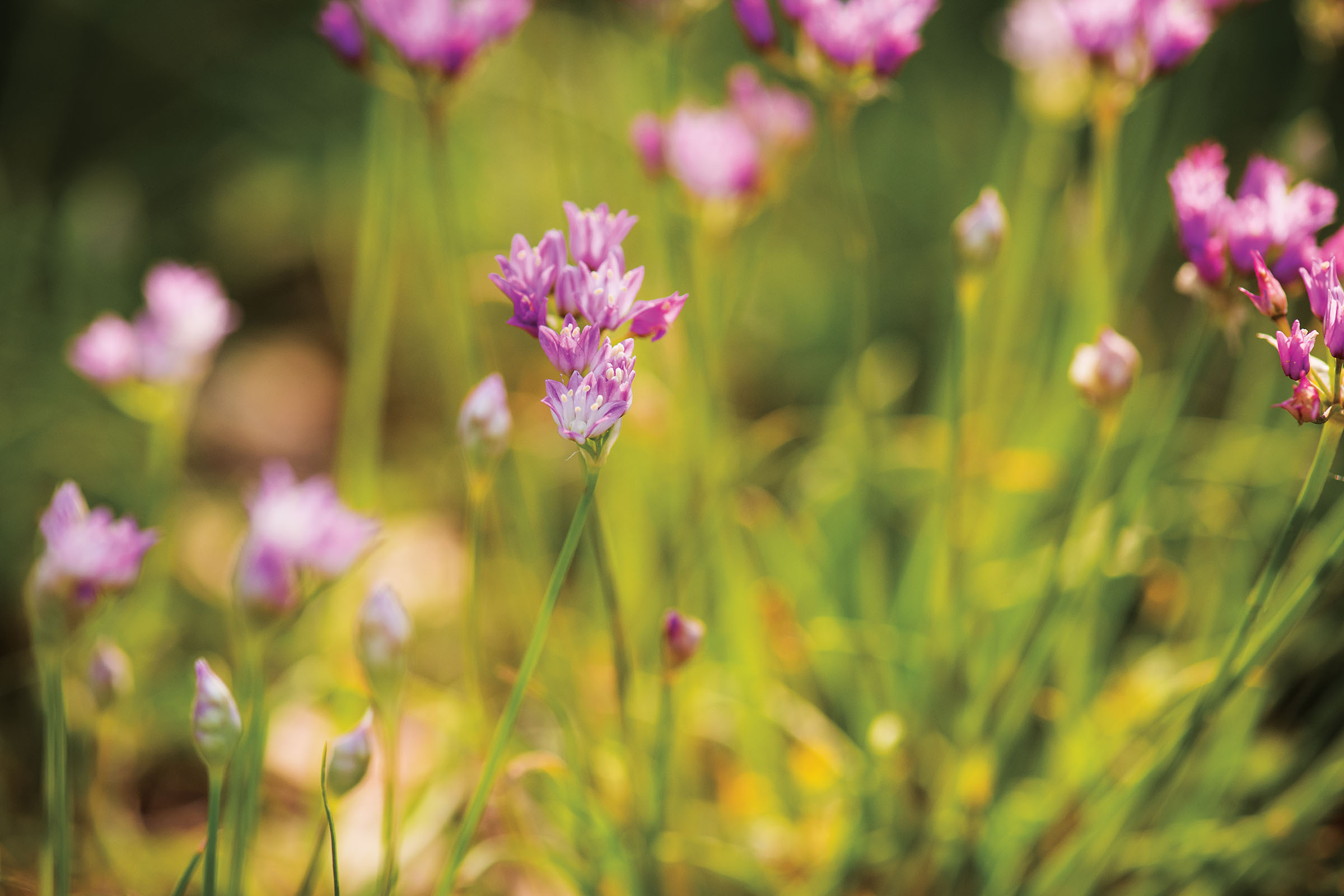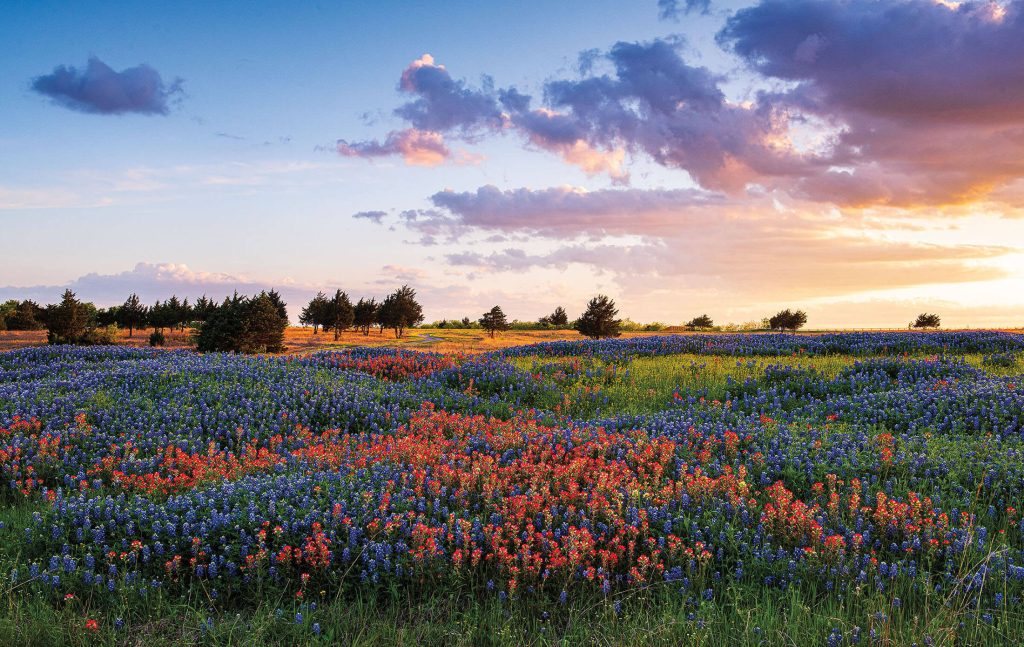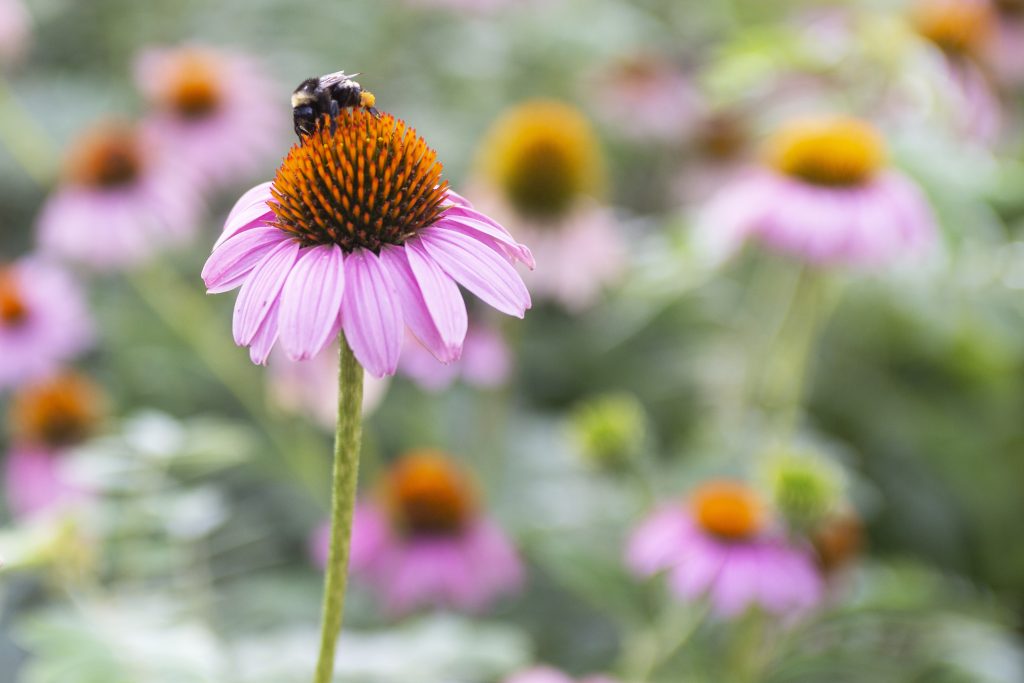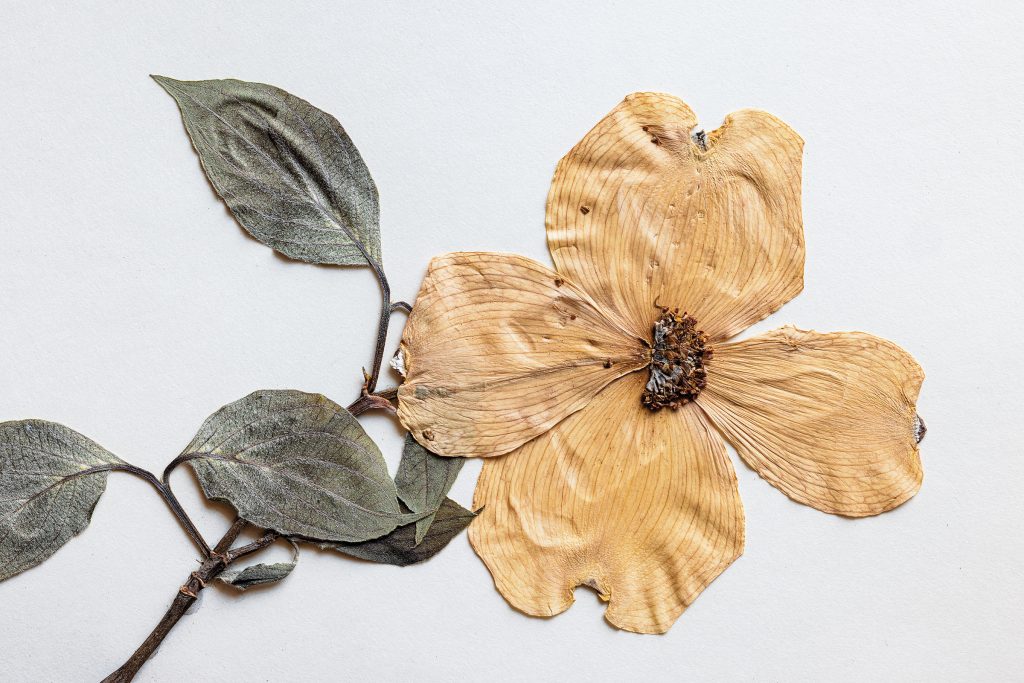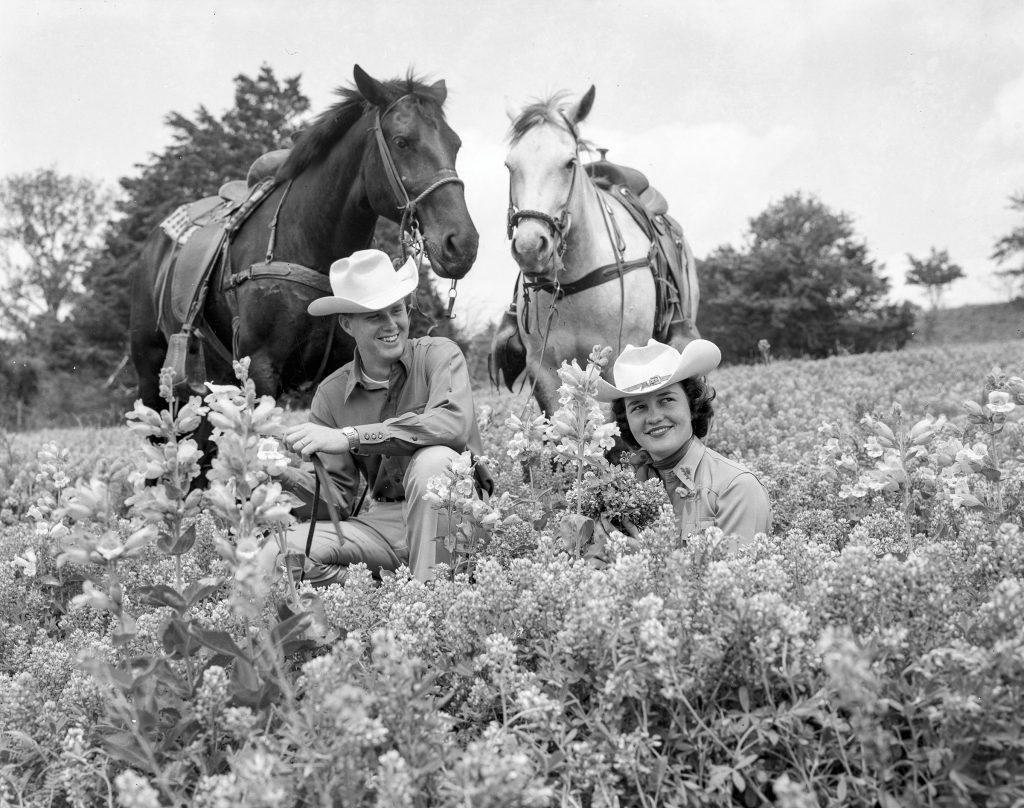Where
wildflowers
bloom
By ire’ne lara silva
More than just a pretty roadside show, the season’s bounty reminds us that hope springs eternal
Photo by Theresa DiMenno
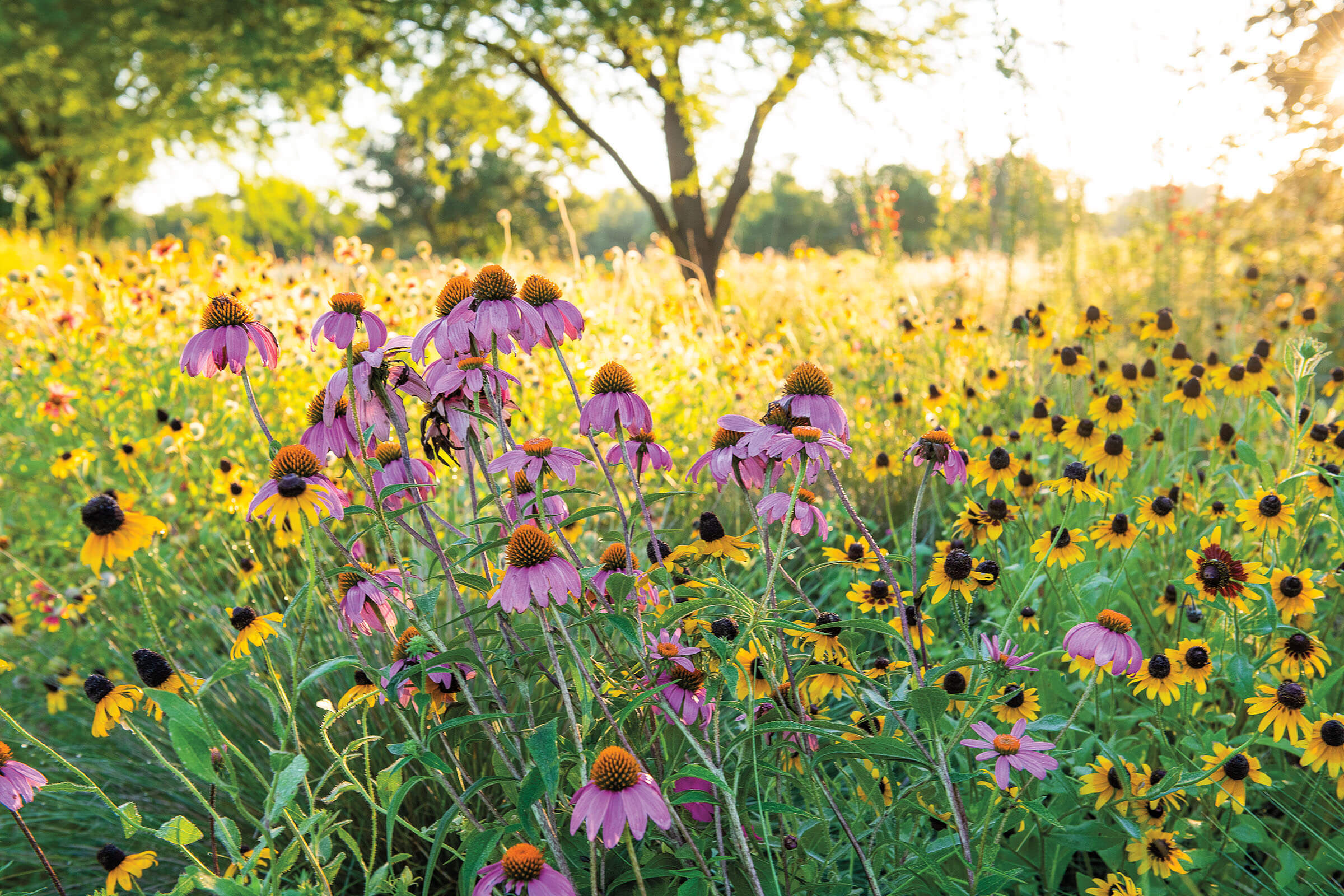
Sixteen years ago this month, I took one of the most beautiful road trips of my life. Not a very long trip—only slightly more than 200 miles—at least 10 of us in two cars, making our way from Austin to San Antonio to Uvalde to Brackettville. Warm sunshine rendered the roadside wildflowers incandescent with color.
I wasn’t driving, so my eyes were free to drink in the trees bursting with new growth, lush grasses, and flowers blooming everywhere—bluebonnets, Indian blankets, dandelions, thistles, sand dollar cacti, and nightshade. Less than half an hour west of San Antonio the landscape shifted markedly—scenic creeks and small towns, farmhouses and little wooden barns, a few horses and cows wandering in flowering meadows. Scenes so picturesque it seemed a shame to be without a camera.
There’s a particular field I remember, somewhere near Uvalde, filled with red gaillardias swaying this way and that, almost as if the earth was breathing. Red gaillardias are similar to Indian blankets but entirely red. They grow between 12 and 20 inches tall, with flowers that are almost 3 inches wide. They like to grow in large masses, taking up acres or miles. I left a little part of myself there that late morning, red-petaled and swaying.
We were on our way to the funeral of a friend. He died at 28, taken suddenly by a brain aneurysm. All these years later, when I think of him, I think of his love for Big Red, how he’d play Los Lonely Boys’ song “Heaven” over and over again, and the way he seemed lit from within when he read his poems.
When we got to Brackettville, there were flowers at the overflowing church. Flowers at the cemetery. There are always flowers when we grieve and when we celebrate. We demonstrate love with flowers. We add beauty to our lives with flowers.
The past year has been marked not only by a world gone strange and isolated, but also by loss after loss, scoring deep wounds and leaving us disconsolate. But then Lady Bird Johnson’s quote comes to mind: “Where wildflowers bloom, so does hope.”
Wildflowers are not just pretty spots of roadside color or willful weeds; wildflowers are a reminder that where life ends, it will return. That beauty endures. That the stubborn and glorious earth harbors and nourishes and compels life to bloom again and again.
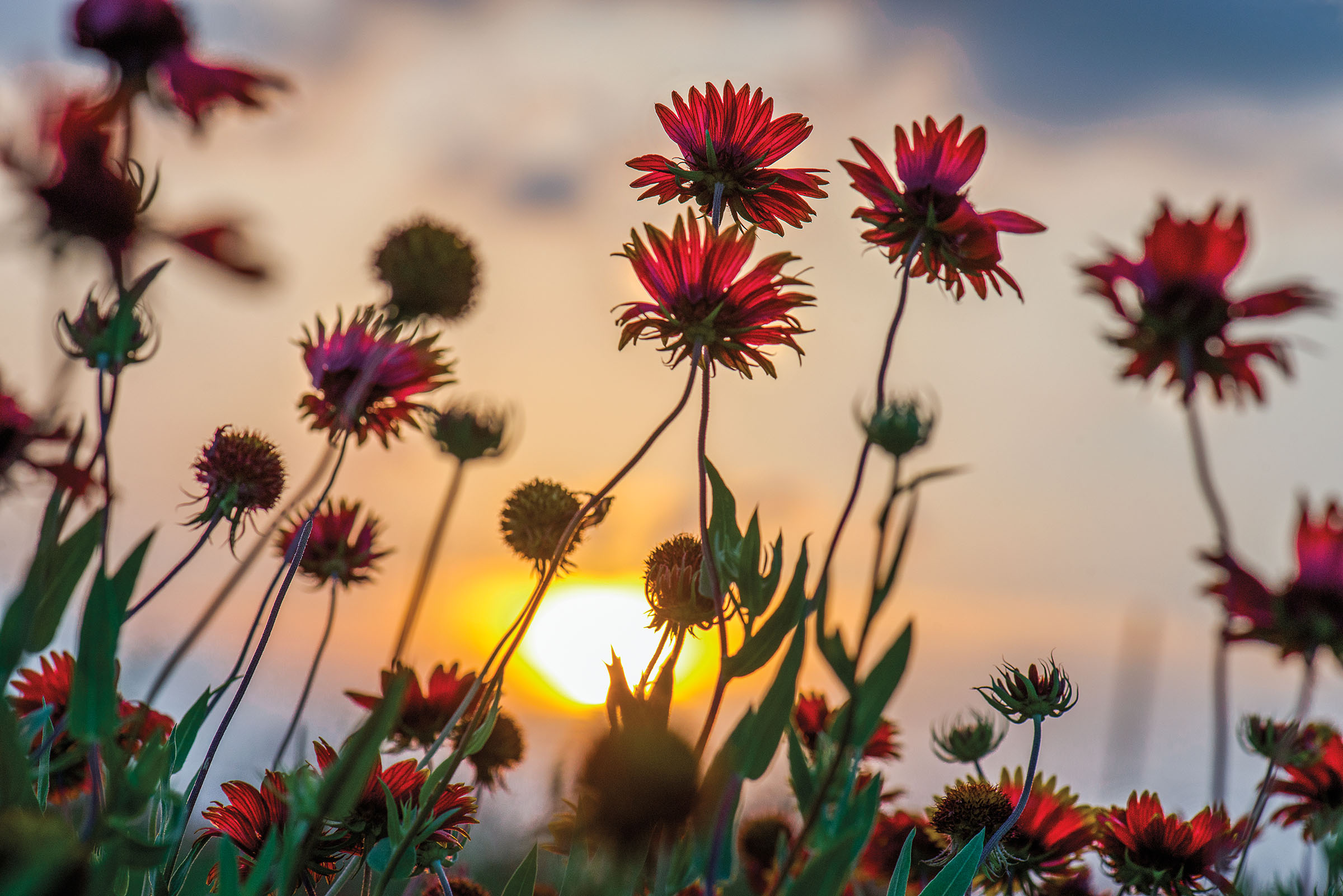
My parents are buried in La Piedad Cemetery in McAllen, between La Plaza Mall and the airport. You hear both the rush of traffic and the sounds of plane after plane taking flight. The grass is green and neatly manicured. There are plentiful trees and gravestones in every possible color and shape. In the spring, butterflies visit the ubiquitous plastic flower bouquets, fruitlessly searching for sweetness. I’ve wished I could plant butterfly weed there for their benefit. The flowers are only half an inch across, but the 2-foot plants abound with blooms that draw butterflies and bees.
Traditional flowers for funerals include lilies, roses, gladioli, carnations, and chrysanthemums. Funerals bring to mind careful and elaborate wreaths and sprays, created by practiced florists who understand what is expected. But the wild and quiet grief tumbling inside of me wanted to gather flowers from the field, soft and pretty, thick and bright, pulled gently from the ground or taken with the swing of a machete. Wildflowers that live as we do, at the mercy of the sun and time and life. Not grown in a hothouse, not smelling of chemicals. Wildflowers that are always gifts, stubbornly taking root in every hospitable and inhospitable corner, giving themselves to us without demanding we thank them.
“There’s a particular field i remember, somewhere near uvalde, filled with red gaillardias swaying this way and that, almost as if the earth was breathing.”
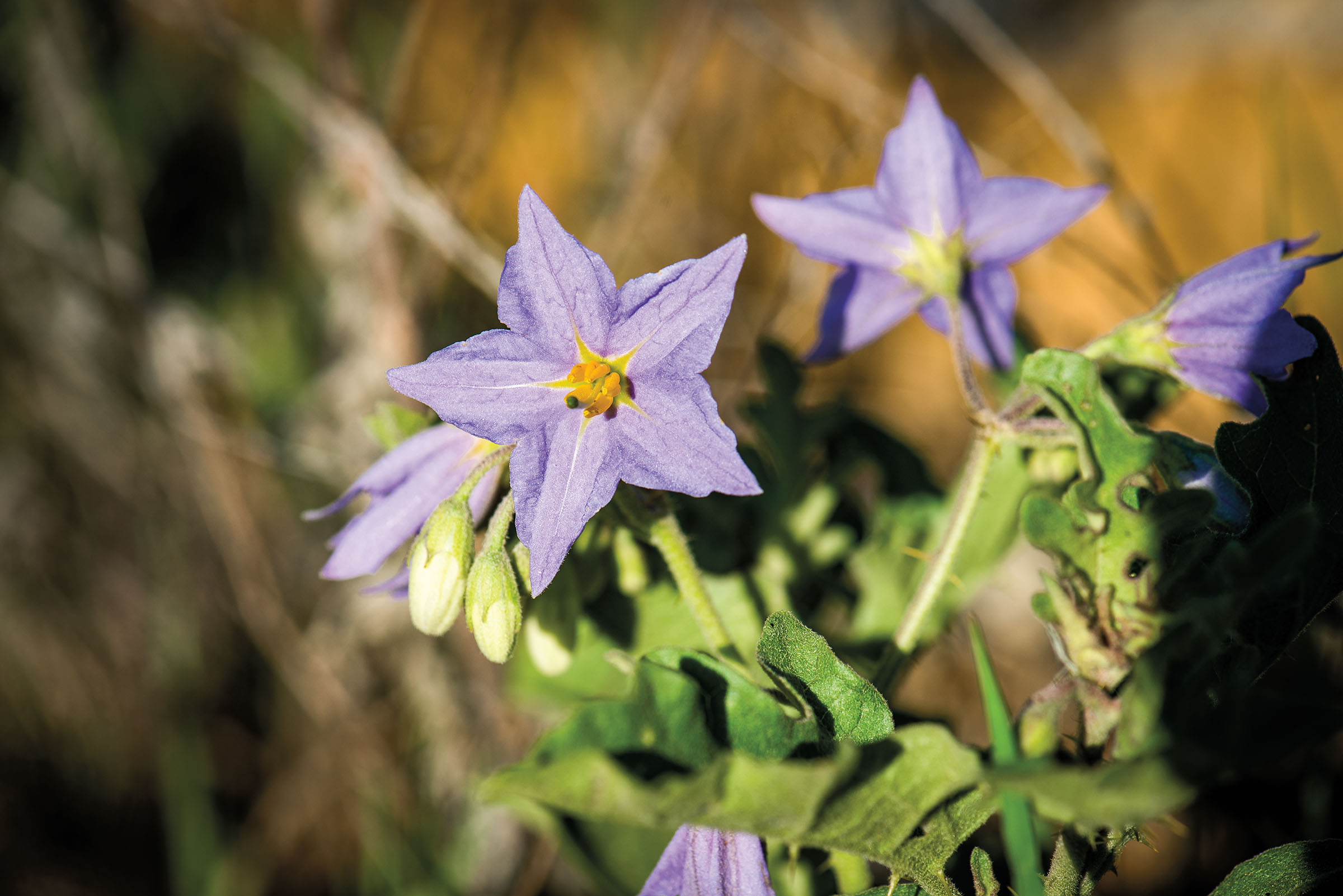
Until recently, I’d planned on being cremated and asking a few cherished friends to go on a road trip and toss my ashes along the U.S.-Mexico border. Embalming and a cement-lined coffin didn’t appeal to me, but a few years ago my brother saw a news story about a green cemetery only a few miles outside of Austin. I hadn’t known it was even possible to be buried the “old way”—a body wrapped in a shroud of natural fibers, given directly to the earth. There are approximately 160 of these cemeteries in the United States, five in Texas—Countryside Memorial Park in La Vernia, Eloise Woods Natural Burial Park in Cedar Creek, Ethician Family Cemetery in Huntsville, Deer Park Funeral Directors in Deer Park, and Our Lady of the Rosary Cemetery & Prayer Gardens in Georgetown.
Green burials completely abolish the use of cement, steel, copper, and toxic embalming fluids. Remains decompose naturally and are returned to nurture the earth. Generally, green cemeteries only allow flat markers or benches. Many of them are also conservation sites and only accommodate the planting of wildflowers and native trees. The options in Texas vary widely in size, from Countryside Memorial’s 1.58 acres of dedicated burial land within an 86-acre farm, to Eloise Woods’ 9.4 acres, to Ethician Family Church’s designated lots within an 88-acre conservation site. The cost of a green burial is also much lower than a traditional funeral, with prices in Texas varying from $500 to $5,000 for a single plot.
Campbell Ringel, a burialist at Eloise Woods, describes the property as being natural and comparatively “rough around the edges.” They are dedicated to disturbing the earth as little as possible, preserving natural cycles, and bringing forth new life. They don’t use chemical weed killers, and they maintain the habitat as naturally as possible for the plants and animals that live on the land as well as the people who visit to sit with nature and their loved ones.
Sunny Markham, co-owner and head of family services at Countryside Memorial Park, spoke to the necessity of doing what we can to “keep Texas beautiful,” pointing out the plentiful bluebonnets and Indian blankets on the land. An artist herself, Markham creates decorative gravestones that are laid flat on the ground.
Both Ringel and Markham remarked on the unique nature of their work, how involved and hands-on families and loved ones can be in the case of a green burial. Markham relayed experiences that included the washing and preparation of the body, and the power of creating new rituals or honoring ancestral traditions.
I’ve chosen the site that is the most conveniently located and the one that would allow me to add wildflowers and trees to the land—red gaillardias for their color, huisaches for their scent and thorns, butterfly weed to beckon butterflies, and wild morning glory for the sake of memory.
I would also like to add a few flowers with medicinal uses, like tall goldenrod, which grows from 3 to 6 feet high and has clumps of tiny golden flowers that bloom in the fall. They supply abundant nectar and pollen, and a tea made of the flowers is used to treat fevers. Wild onion grows 8 to 12 inches tall and has tiny flowers that range between pale and dark pink. The wild onions can be eaten or made into a tea to treat colds and coughs. The crushed plant also works to relieve the pain of bee and wasp stings. Wild bergamot is an exotic-looking bloom with 2- to 4-inch-wide flowers. They bloom in the early summer and can be as tall as 6 feet. The entire plant has a lovely scent, from the petals to the leaves. They can be dried for their scent, eaten fresh for their flavor, or made into a soothing tea. Silverleaf nightshade can grow up to 3 feet tall and has purple star-shaped flowers. The berries can be used to treat toothaches.
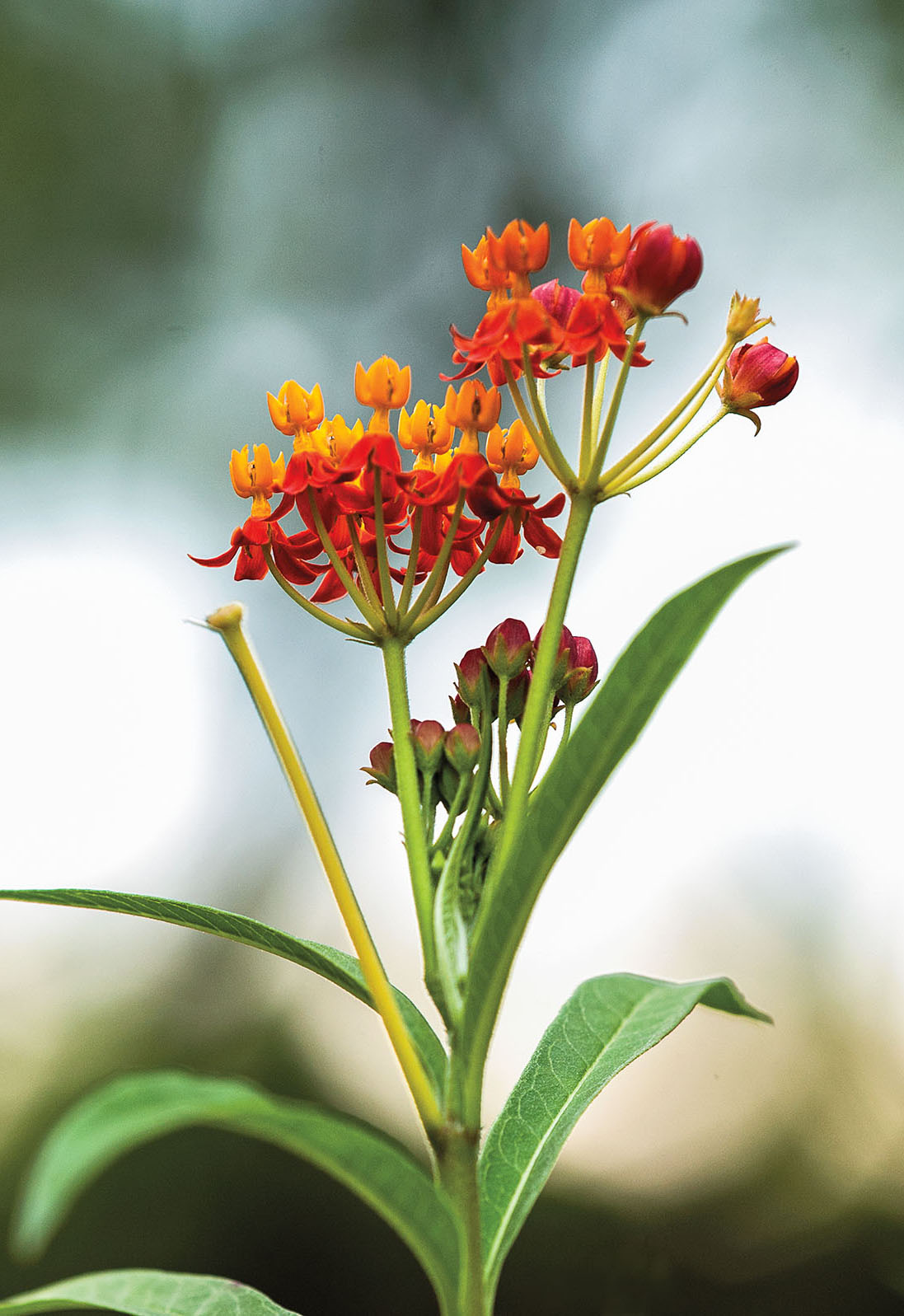
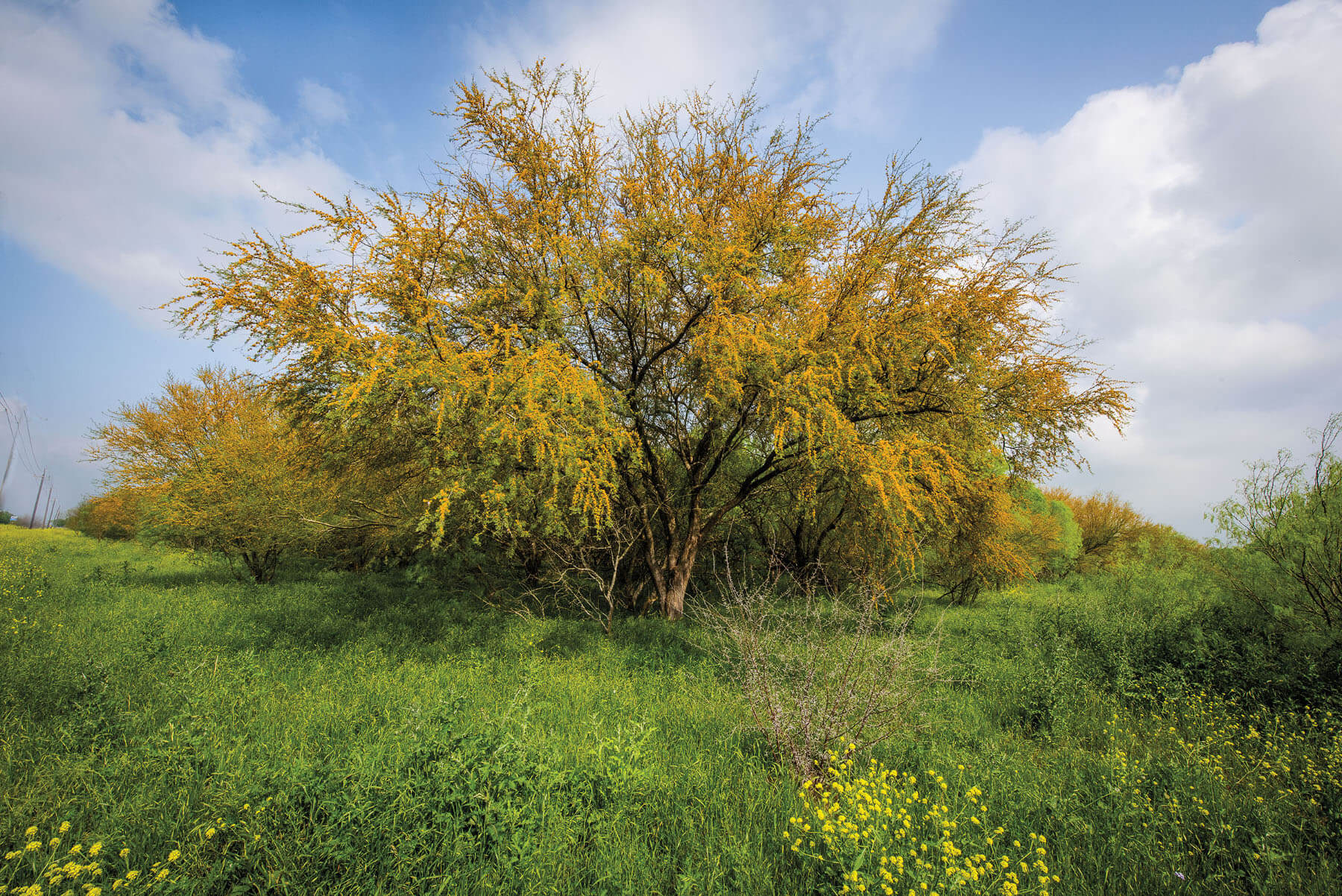
The first funeral I remember attending was for one of my maternal great aunts in Crystal City. I was 5 and careful with my new outfit, a white blouse with a plaid skirt and a little navy blue blazer. I don’t remember the coffin or the church or the graveyard; only that we visited the house she’d lived in, that water came from a well, light came from kerosene lamps, and I was afraid of spiders in the shadowy outhouse. The adults talked over coffee while I sat quietly and watched the lamplight play over their faces.
Decades later, I drove to Crystal City on my own. Although I grew up among mesquites, huisaches, and other thorned trees in the Rio Grande Valley, it was the wild area around Crystal City that truly made me understand what was meant by a “thorn forest.” There are miles and miles of thorned trees in that area, only briefly interrupted by creeks, bridges, or roads. Thorn forests occur in places with little rainfall and are inhabited by trees with long roots and sharp barbs. Huisaches are neither as large nor as plentiful as mesquites, but in the spring you can easily spot their powder-puff-like yellow blossoms. Their scent is sweet and soft as a whisper.
My mother loved roses, hibiscus, and canna lilies most, but when I think of her, I always think of wild morning glories, which she called “flores de la mañana.” There was one in front of our house by the chain-link fence, rooted in dirt that was more caliche than soil. It was neither especially leafy nor graceful, but the exquisite lavender blossoms were tinged with silver and purple, as fragile as if they were made of crepe paper. They greeted every dawn avidly but always closed up by late afternoon. Numerous types of wild morning glory grow in a wide variety of ecosystems, usually in 5- to 15-foot vines, with funnel-shaped blossoms in various shades, including pink, lavender, and purple.
If you Google “wild morning glories,” one of the first entries will tell you how to rid your garden of them. I think that makes me love them more. Other people may love the exquisite peony or the regal orchid or the fragrant rose—I love flowers that grow even though no one asked them to. That grow in any damned place they choose to grow. It took my breath away one night when I looked up to see a 2-foot dandelion blooming from a neglected rain gutter.
“Huisaches are neither as large nor as plentiful as mesquites, but in the spring you can easily spot their powder-puff-like yellow blossoms. Their scent is sweet and soft as a whisper.”
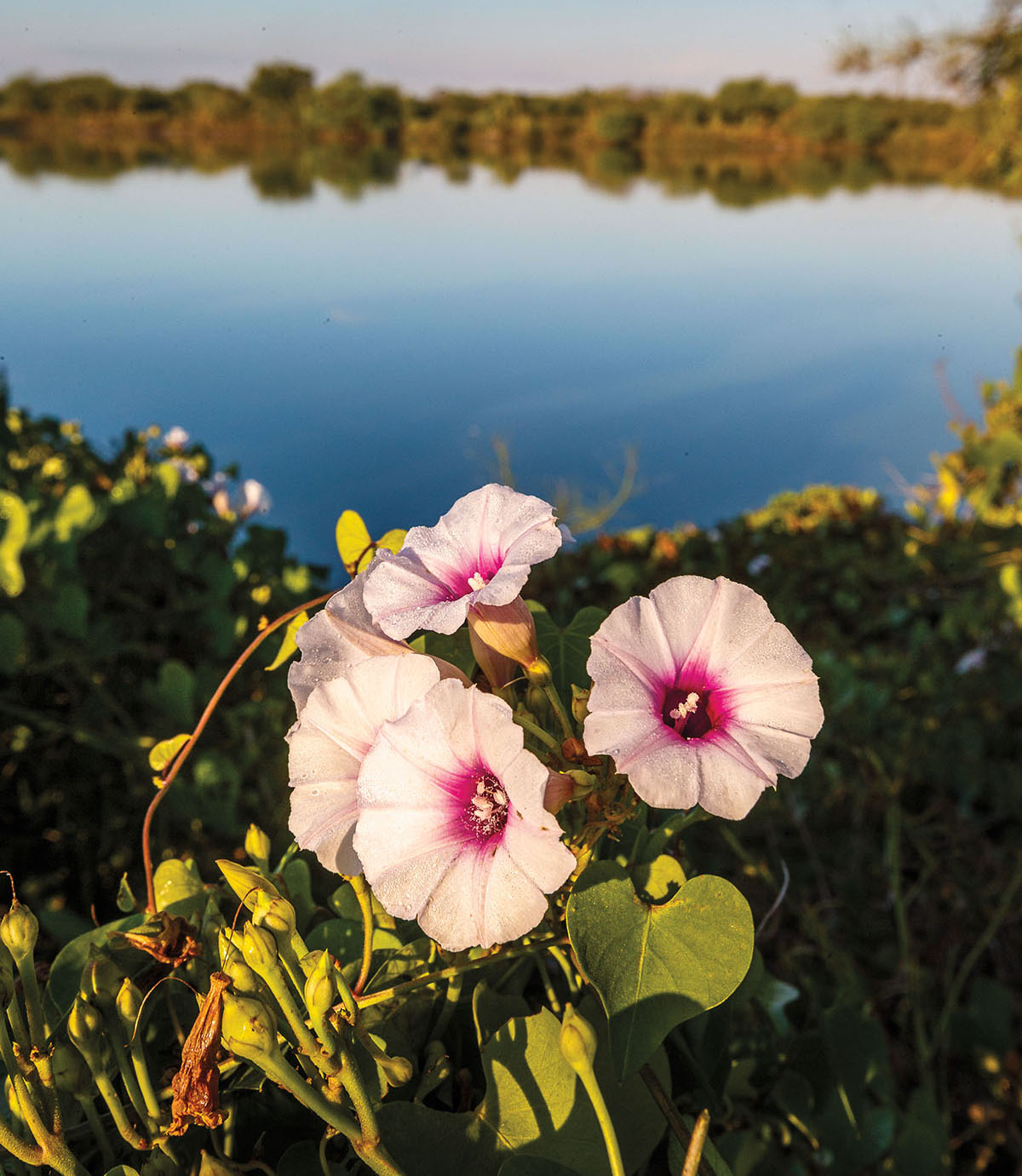
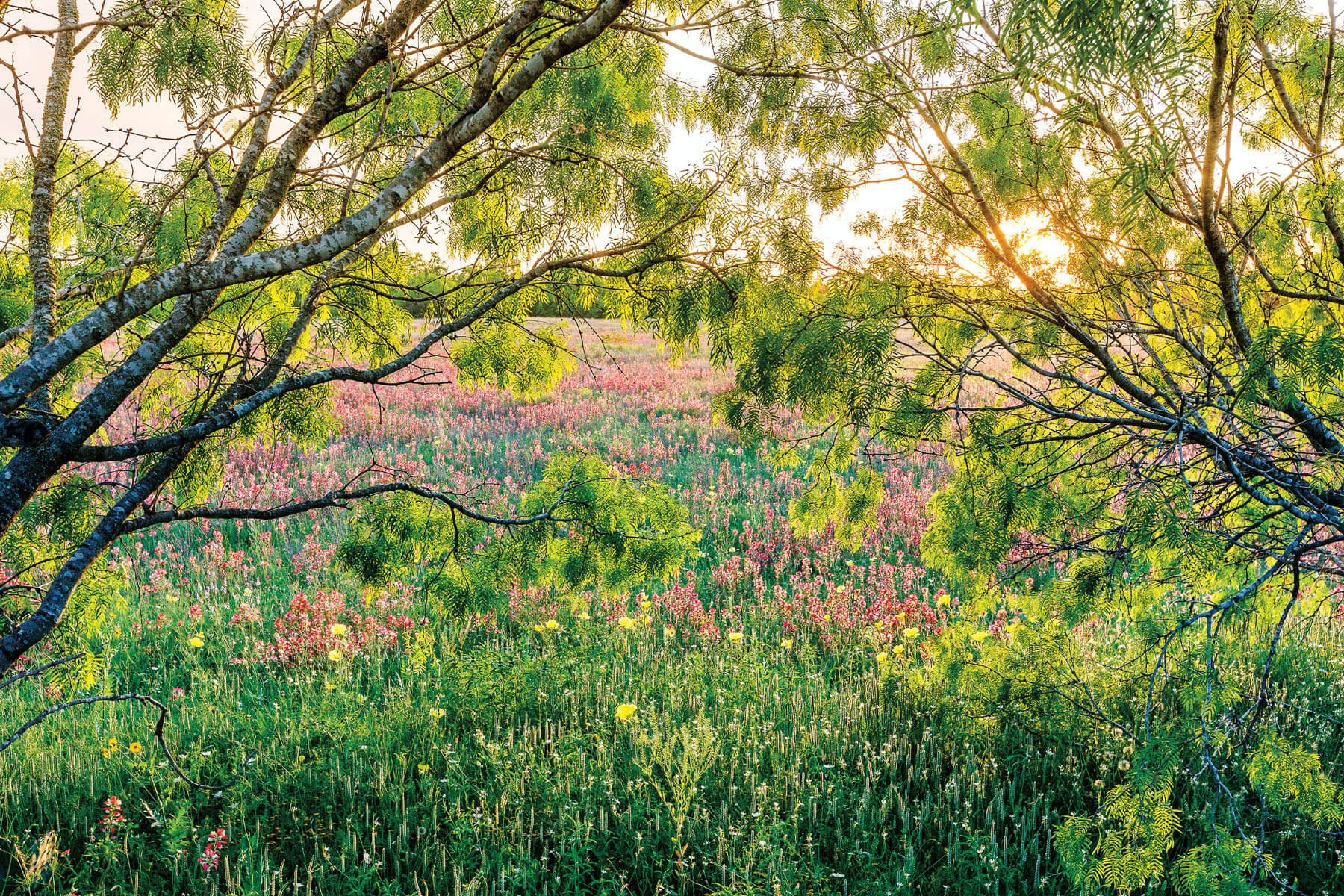
My sophomore year in a northeastern university, my dorm window looked out on an old graveyard that was just across the street. I’d walk there sometimes, entranced by the years etched on the gravestones, some of them dating to the 18th and 19th centuries. I remember one grave with a large cement throne-like chair that I dared to sit on a few times. It was so different from the manicured and plastic cemeteries I knew in Texas. The weathered stones and ancient trees softened its edges somehow. The property was cared for, but time had created tufts of grass impossible to reach with a weed wacker, giving refuge to tiny blossoms that sometimes even pushed up through the snow in winter. I went there when I needed to breathe in the sense of the natural, of rest and peacefulness.
The green cemeteries I visited possessed that same sense of peace—under wide blue Texas skies, breeze blowing, abundant wildflowers within view, and that quiet joy nature exudes when it’s able to just be. There was no grief or fear—just the comforting idea that wildflowers would someday dance, not weep, above my grave.
“There was no grief or fear—just the comforting idea that wildflowers would someday dance, not weep, above my grave.”
